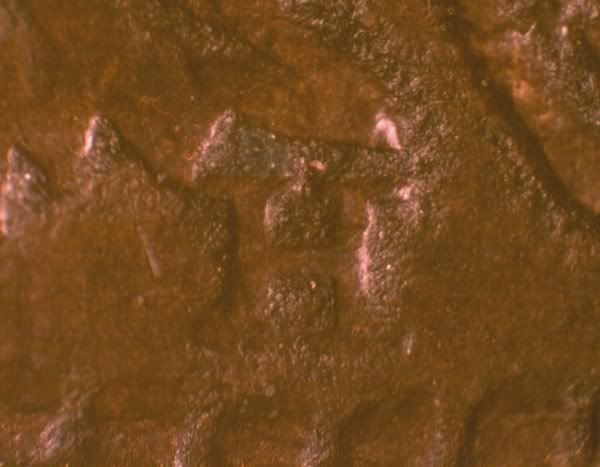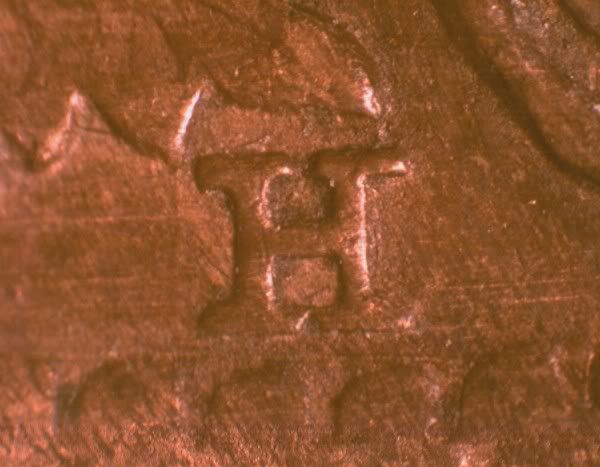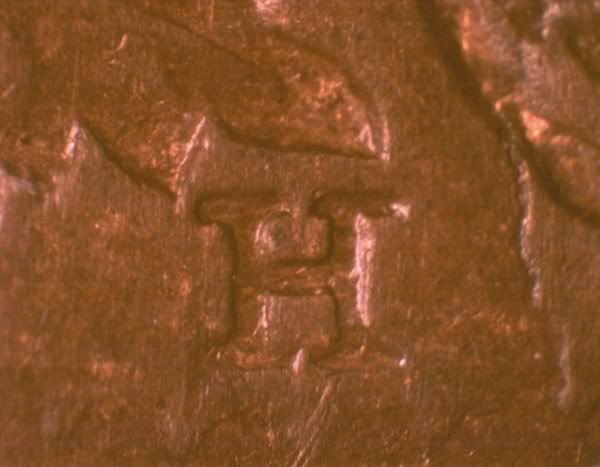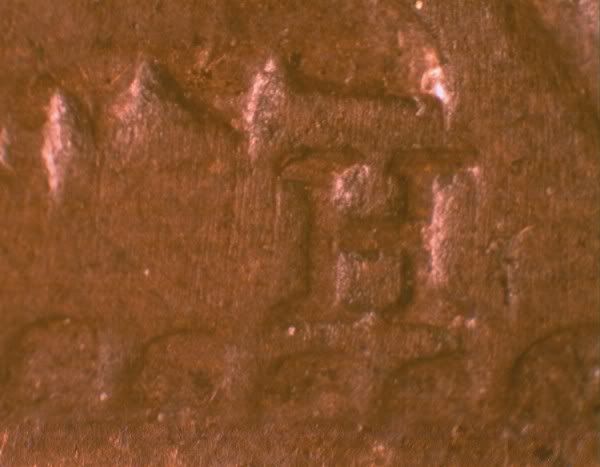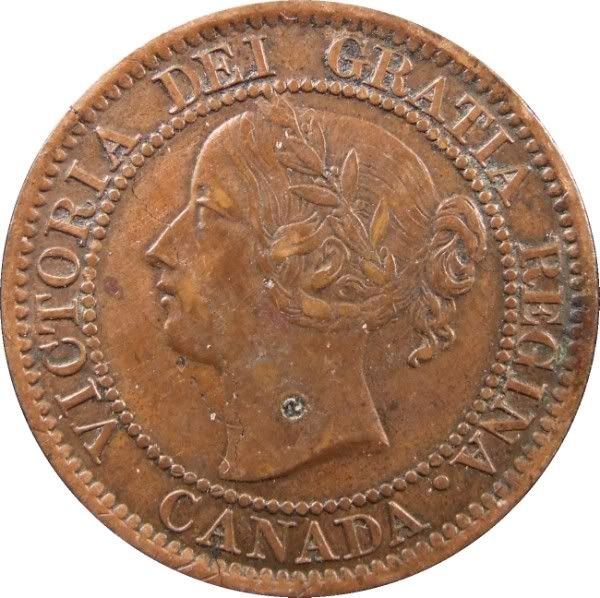I was at the Chicago Paper Money show yesterday. This is always an intimidating experience for me, a large cent guy. All that paper, all those choices, radars, sequential, devils faces, foxing, bleaching, washing, pressing, discrete folds, different signatures, prefixes, suffixes, and me a green as grass when it comes to that stuff. My biggest fear is making a mistake and laying out too much cash for a common item. It got me thinking, the same is true when you are starting to collect Vickies.
I take it all in stride now, but we all started at some point. I was wondering on the drive home, what are the items that have bubbled to the top for me in evaluating whether to bring a coin home or leave it were I found it. There are so many things running through my head when I have a coin in hand. I can sit at a table in any bourse, or coin shop and very quickly decide if a particular item is coming home with me or if it will continue to live in “foster care”. This allows me to look at a lot of coins in a short period of time.
There is a lot of good advice out there and it can all swirl together when Vickie is staring at you, beckoning you to take her home. Some of the clichés that abound and are all true are; by the book first, by the coin not the holder, start with the keys, by the highest grade your budget will allow, don’t buy problem coins, and the list goes on. All good advice but when you are sitting at a table on the bourse and the coin is pleading with you, how do you decide what to do?
For me the first checkpoint I consider is the price on the holder. No other information is relevant. I don’t care if the coin is encased by the most or least respected third party grader (TPG), has nice typing on stickers, or is in a beat up old 2x2. I don’t care if the coin is under glass, in a ratty old 3 ring binder or beautifully organized in double row red boxes. The only info I consider is the price the vendor wants for the coin. I go to price first, so I can quickly use my other criteria to make a decision. My price point varies by year so I marry the asking price with the date on the coin, not the holder. The price at this stage doesn’t matter; it is just an information point.
My second checkpoint is damage, cleaning, etc. I try hard to leave scudzy coins where I find them. This is my first decision making criteria. Despite the price point, coins that are damaged, altered, corroded or that don’t have eye appeal go straight back where I found them for the most part. If I am not variety hunting I move on to grade. If I am looking for varieties, the coin will linger in my hand just a bit longer. More on this point in a moment.
Next comes grade. This I determine for myself. Too many collectors are not good graders. They accept TPG opinions without question. They look at the grade on the 2x2 and accept that. The vendor offers a verbal on the coin you have in your hand and it becomes an influencer. Learning how to grade is probably the single most important skill you can develop. You know more than you think. The more coins you look at for a particular denomination, the better you get. This skill is a must. If the grade I determine the coin to be and the asking price of the coin jive in my mind, she is still a candidate to come home with me. If not, back in the box she goes. This step implies a price point. I keep many in my head, but I also carry a copy of CCN Trends. I have allowed my price point to slide in the past and have been disappointed when I look at the coin at home, under proper light, released from the original 2x2 etc. I try hard not to talk myself into a purchase by allowing my price point to slide.
“Why this particular coin?” is my next question. What are my collecting goals? What am I after this trip? Where will this fit into my collection? Focus and discipline are key here. If not, you’ll find yourself out of money very quickly without advancing your collection. More coins do not a collection make. If your goals involve accumulating and hoarding that’s OK. If you are collecting, continue to exercise discipline. Know what you want before you set foot on the bourse or in the shop. So many coins to look at and so little cash in my pocket. I need to make sure I’m spending on my focus, not my distraction. I’m currently studying Obv. 1x coins so if the coin falls into that category, I may well buy her if she’s still in my hand after my grading exercise. If I’m variety hunting outside my study group, say 1858 or 9 as example, I then take a closer look for the markers. I’m continuing to only look at the coin. What is written on the holder continues to be completely irrelevant. To variety hunt you really need to either know the markers by heart, or have a good reference with you. Don’t pay variety money on someone else’s attribution. You need to be able to decide on your own. Here is the only time where a cleaned coin or minor scratch coin might persuade me to consider it.
Critically evaluate your performance once you get home. If you continue to be happy when you are looking at your purchases under your ideal home conditions, you have had a good day. If not then you need to learn from the mistake and improve your decision tree for next time. I have found that my spouse can help me here. Her question of “What did you pay for that old cent?” is a great opportunity for me to explain my selection criteria. If it passes muster, then Vickie is welcomed into her new home, if not she will get sold out of my collection and I’ll try again another day.
Being able to grade and determine varieties for yourself goes an incredibly long way to protecting your outlay of cash. The more knowledge you possess the better you get at advancing your collection. Develop your skill and stay focused. Your collection will reward you with hours upon hours of enjoyment as you gaze into Victoria’s face.
